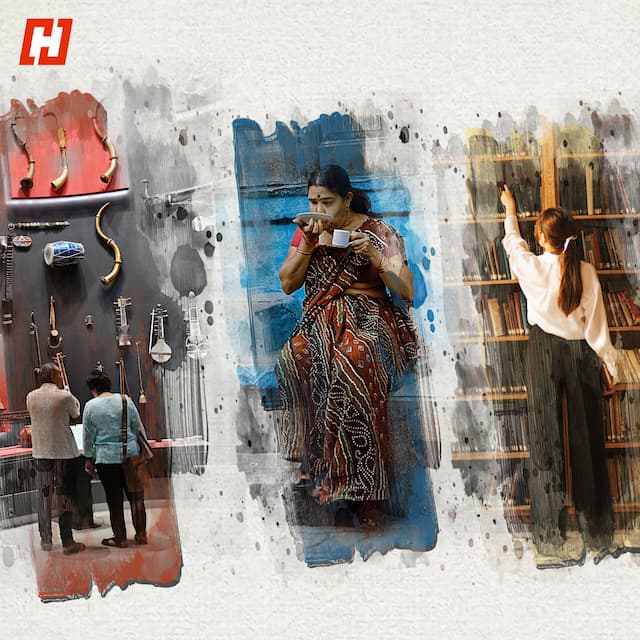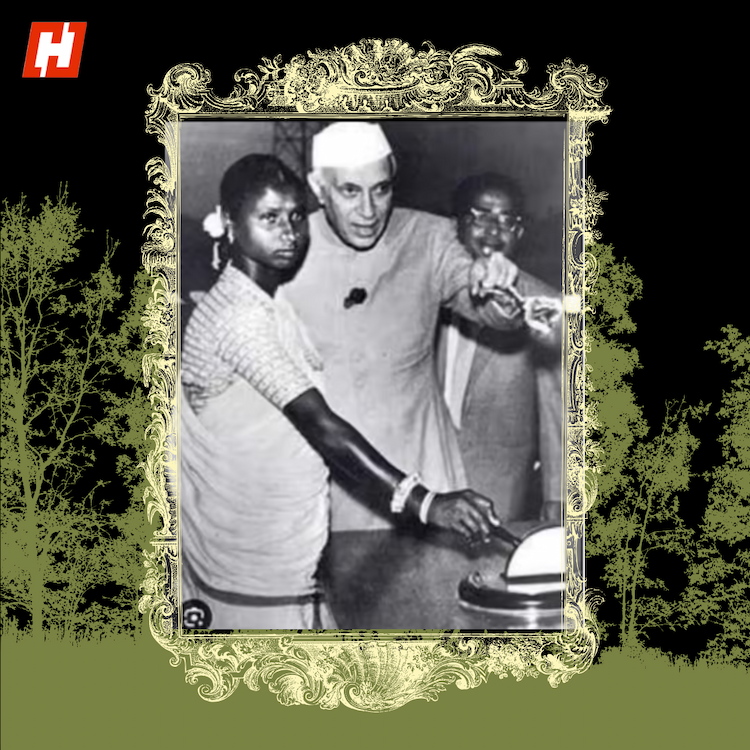The vanishing village: Why India needs more "third places"

Between work and home, do we have enough “third places” we can visit without an agenda, to do nothing? As sociologist Ray Oldenburg explained in his book, ‘The Great Good Place’, these spaces are central to the culture and social fabric of civil society. But, are such communal spaces present everywhere, or prioritised?
Further, does India have such spaces where we don’t have to pay to enjoy our free time? In many parts of the developed world, there are public spaces where people can spend time for free whilst interacting with each other.
What third places are like in developed countries
When Paris recently reopened a portion of the river Seine so people could swim in it, it became a “third place” for the Parisians. Similarly, coastal cities like Nice, Barcelona, or Porto have well-maintained public beaches open to everyone.
Sydney and Melbourne have public parks where you can have kids’ birthday parties or a Sunday picnic with friends. London has free libraries and museums anyone can visit. Kyoto has Kamogawa River’s bank, where people sit with their own food and enjoy scenic views while they eat and chat.
Europe, the U.S. and other parts of the developed world, are full of lakeside benches, public parks, nature trails, woods you can hike in, and free libraries and museums. But in India? Not quite.
Third spaces or lack thereof in India
In Mumbai, where even an inch of real estate is like gold, there are barely any open spaces. While there are several beaches, the polluted seawater and littered sand make these spaces a hard pass for most.
Even in a city as sprawling as Delhi, which has green spaces including Sanjay Van, Nehru Park, Deer Park, Kamla Nehru North Ridge, and Lodhi Garden, crowds throng to the malls thanks to the prohibitive 48 degree heat, and poor air quality outdoors. Even if one could handle that, there’s the issue of littering, heavy crowds, or insufficient infrastructure to navigate the area safely. If one were permitted to have birthday parties in these spaces as in Sydney or Melbourne, would people clean up after themselves and maintain the beauty of the space?
Even in terms of cultural centres, India has many. We have Mandi House and Sri Ram Centre for Performing Arts in Delhi. Then, there’s Sabha in Bengaluru, Method Gallery in Mumbai & Delhi, and The Haveli of Curiosity by Studio Saar in Udaipur. But are these spaces free? Can everyone go to these places? In his text, Ray Oldenberg emphasised the importance of “third places” being democratic and accessible to people across race and class. So, where are the free centres where people can transcend these socio-economic boundaries and meet people from outside their pre-existing circles?
Then, there's the question of whether people who can afford it, would pay to attend the events that happen in these places, instead of going to a hot new restaurant or the mall.
Are we not prioritising the “third place” enough?
Do we as a society feel that hobbies, relaxing, and doing things that aren’t “productive”, aren’t worth our time? Joining a group activity with strangers, or having a communal space to congregate in, is uncommon, as are spaces that exist for such activities. Is it because it’s not a priority? Is it then possible that our lawmakers also feel that, given how addressing pressing infrastructural problems like lack of water, education, and good roads, takes precedence over creating public parks?
In the hit comedy show ‘Parks & Recreation’, we see how giving third spaces attention is seen as frivolous. In a country like India, where development is more about securing economic stability than metrics like happiness or the social health of a community, perhaps the “third place” isn’t seen as a pressing issue.
The importance of the “third place” and of the “the village”
One would be remiss to deny how integral “third places” are to the social infrastructure of a city. It determines how cultural exchanges happen in a community. It's a way one can fight isolation, preserve one’s mental health in busy cities, and meet diverse groups of people outside school, work, or college.
In a podcast, while talking about the difficulties in parenting, Trevor Noah delves into this. Talking about the erosion of the metaphorical village that it takes to raise a child, he lamented the costs developing countries pay: “The one thing that nobody seems to tell you is that as a country becomes more and more developed, the one thing that gets eroded, is community. The village disappears, and what you have to do is, you have to buy the village back. You have to buy somebody to look after your kid. You have to buy somebody to help you clean your house. You're buying the same village that they tricked you into not having. I'm always amazed at the con of it all.”
This change is visible all around us. The chai tapris around the corner, where people from all backgrounds sat and interacted at, have become cafes as a result of this development. So now, we don’t have a single bench to sit on so we can chat with the person next to us. Now, we all have our own separate tables, and nobody talks to the person at the other table. Now, that space where you could have a 5-rupee cup of chai has been replaced with a 50-rupee cup of chai, as a result of which, the people who can’t afford that, have also dropped off. What are the odds of us meeting a diverse group of people in such a situation? Doesn’t this confine us to circles containing people with the same socio-economic background as us?
At the end of the day, the irony is that “under-developed” regions are full of these tight-knit communities. But as countries begin developing and cities get larger, we lose such spaces. And then, once a country is developed, we start trying to create third places again, because of how integral they are to the social health of citizens. It’s almost as if concrete jungles are not what dreams are made of.
Trending in Lifestyle

Falguni Shane Peacock open new store, designed by Gauri Khan, in Mumbai

Gulab Jamun: The Timeless Sweet With a Royal Past and a Cultural Heartbeat

Gen Z’s JOMO Travel: The 'joy of missing out' becomes the new way to vacation

